Mental stagnation happens to everyone—those moments when life feels repetitive, inspiration evaporates, and forward momentum seems impossible. Environmental changes often provide the cognitive reset needed to break through these periods of feeling trapped in patterns or situations that no longer serve us. The physical spaces we inhabit directly impact our mental processes and emotional states.
Here is a list of 16 destinations that offer specific psychological benefits when you’re feeling completely stuck and need a change of perspective.
Japanese Forest Bathing Trails
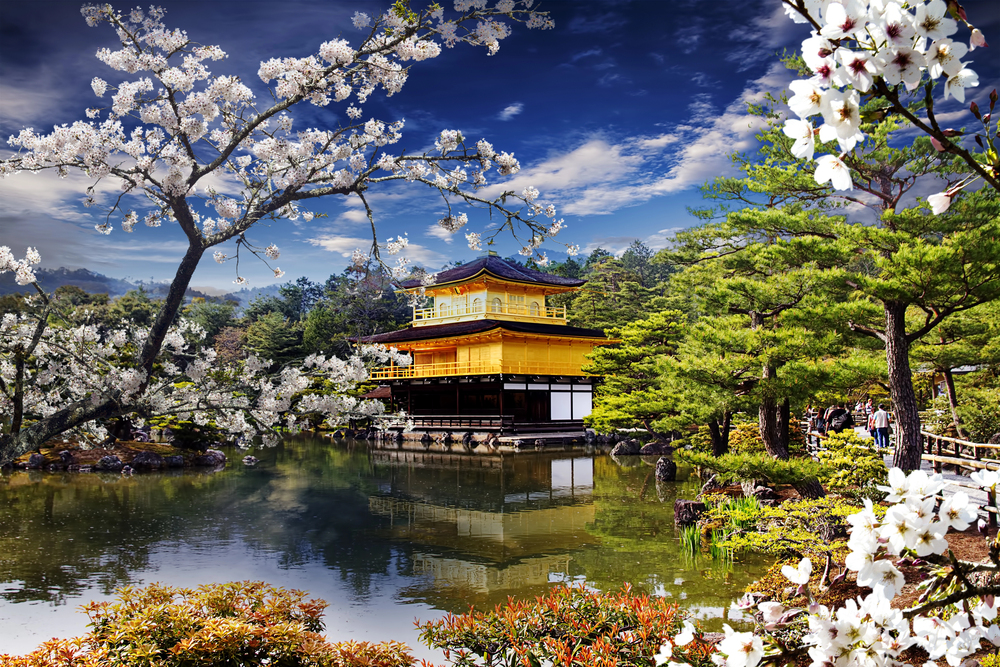
Japan’s designated shinrin-yoku (“forest bathing”) paths utilize specific tree species known to release phytoncides—natural compounds that can boost immune function and reduce cortisol levels. These forests near Kyoto and in Chichibu-Tama-Kai National Park create environments scientifically proven to reduce rumination on negative thoughts.
The practice involves slow, mindful walking without destinations or goals—a complete contrast to the achievement-oriented thinking that often leads to feeling stuck. The sensory immersion in the sounds of rustling leaves and scents of moss creates an immediate cognitive distance from everyday concerns.
High Desert Landscapes

The stark expanses of places like Joshua Tree National Park or New Mexico’s high desert plateaus provide an immediate shift in perspective through sheer geological scale. These landscapes with ancient rock formations and minimal vegetation existed long before human problems and will remain long after.
The absence of visual stimulation beyond essential elements—sky, stone, distance—creates mental space for new patterns of thought. Desert environments also reduce the constant connection to technology through limited cell service, forcing present-moment awareness rather than digital distraction.
Like Travel Pug’s content? Follow us on MSN.
Independent Bookstore Reading Rooms

Independent bookstores, such as Powell’s City of Books and Shakespeare and Company, with dedicated reading spaces, offer environments designed for serendipitous discovery. The collective energy of others engaged in quiet exploration creates a conducive atmosphere for breaking mental patterns while remaining physically comfortable.
The absence of pressure to purchase anything removes transactional stress from the experience.
Working Farms

Agricultural environments that welcome visitors for meaningful participation, such as Polyface Farm, provide an immediate connection to fundamental life cycles. Facilities like Polyface Farm in Virginia or community farms with volunteer programs offer hands-on activities that require physical engagement with soil and living systems.
The combination of physical exertion and visible results creates immediate feedback loops missing from much knowledge work. Natural rhythms of growth and harvest provide frameworks for understanding personal stagnation as a natural phase rather than a permanent condition.
Mountain Fire Lookout Towers
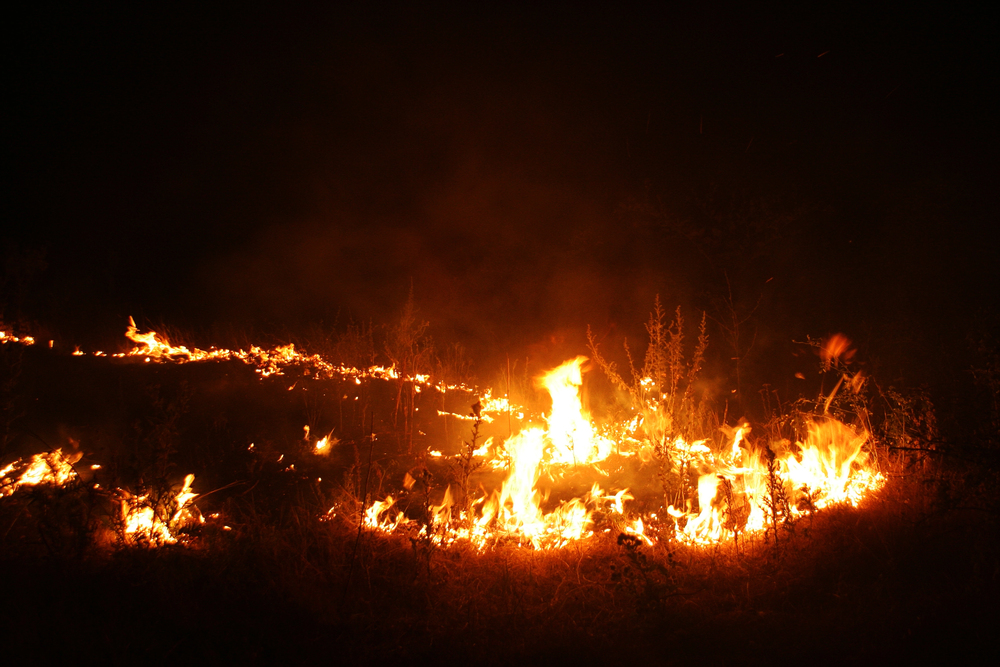
Decommissioned fire lookout towers available for overnight stays through forest service programs provide dramatic physical elevation matched by psychological perspective. These isolated structures sitting above treelines in places like Montana’s Flathead National Forest or Oregon’s Mount Hood Wilderness create literal distance from everyday concerns.
The 360-degree views force big-picture thinking while sparse accommodations eliminate distractions. The historically significant structures connect visitors to generations of watchfulness and patience—useful mindsets when feeling stuck.
Like Travel Pug’s content? Follow us on MSN.
Historic Reading Rooms
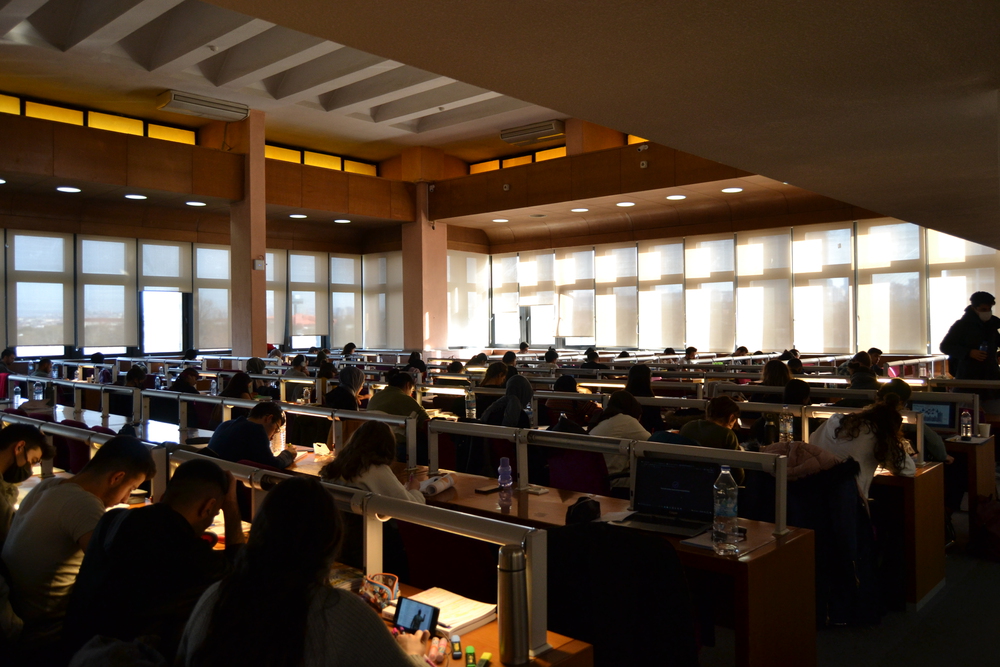
Grand library reading rooms like New York Public Library’s Rose Main Reading Room or the Library of Congress Main Reading Room connect visitors to centuries of human thought and creativity. These spaces combine architectural inspiration with access to nearly unlimited knowledge resources. The shared quiet concentration creates environments conducive to deep work impossible in most modern settings.
The physical arrangement of these spaces—often featuring grand proportions and natural light—elevates thinking beyond immediate concerns to more enduring questions.
Prehistoric Cave Art Locations

Visiting accessible prehistoric art sites like Spain’s Altamira Cave replicas or France’s Lascaux II connects modern visitors to creative expressions dating back 20,000 years. These encounters with ancient human imagination provide an immediate perspective on temporary creative blocks or life transitions.
The physical experience of entering underground spaces creates literal and metaphorical depth to thinking. The impressive technical and artistic achievements of early humans using minimal tools inspire resourcefulness and appreciation for fundamental creative processes.
Monastic Guest Houses

Monasteries that welcome secular visitors for retreats offer environments specifically designed for reflection and inner work. Facilities like the Abbey of Gethsemani in Kentucky or Pluscarden Abbey in Scotland provide structured simplicity proven effective through centuries of contemplative practice.
The removal of decisions about meals, activities, and schedules frees mental energy for deeper consideration of important questions. Regular participation in communal rhythms—whether religious services or work periods—creates a beneficial structure without performance pressure.
Like Travel Pug’s content? Follow us on MSN.
Traditional Craft Workshops

Immersive experiences in traditional crafts like Japanese pottery in Mashiko or glassblowing in Murano, Italy, create environments where focused physical skill development displaces circular thinking. These settings combine expert guidance with the tangible creation of objects that document the learning process.
The requirement to remain present with materials provides natural mindfulness without forced meditation. Connecting with craft traditions that have evolved over centuries places personal challenges in a broader historical context while developing transferable problem-solving approaches.
Remote Hot Springs

Naturally occurring thermal waters in minimal development settings like Idaho’s Burgdorf Hot Springs or Japan’s remote onsen require physical journeys that match the mental distance they create. These environments combine natural beauty with physical relaxation that reduces cognitive rigidity.
The mineral content of specific springs creates subtle biochemical effects supporting mental flexibility. The traditional use of these sites for healing across numerous cultures connects visitors to timeless human experiences of renewal and transition.
Canyon Echo Points
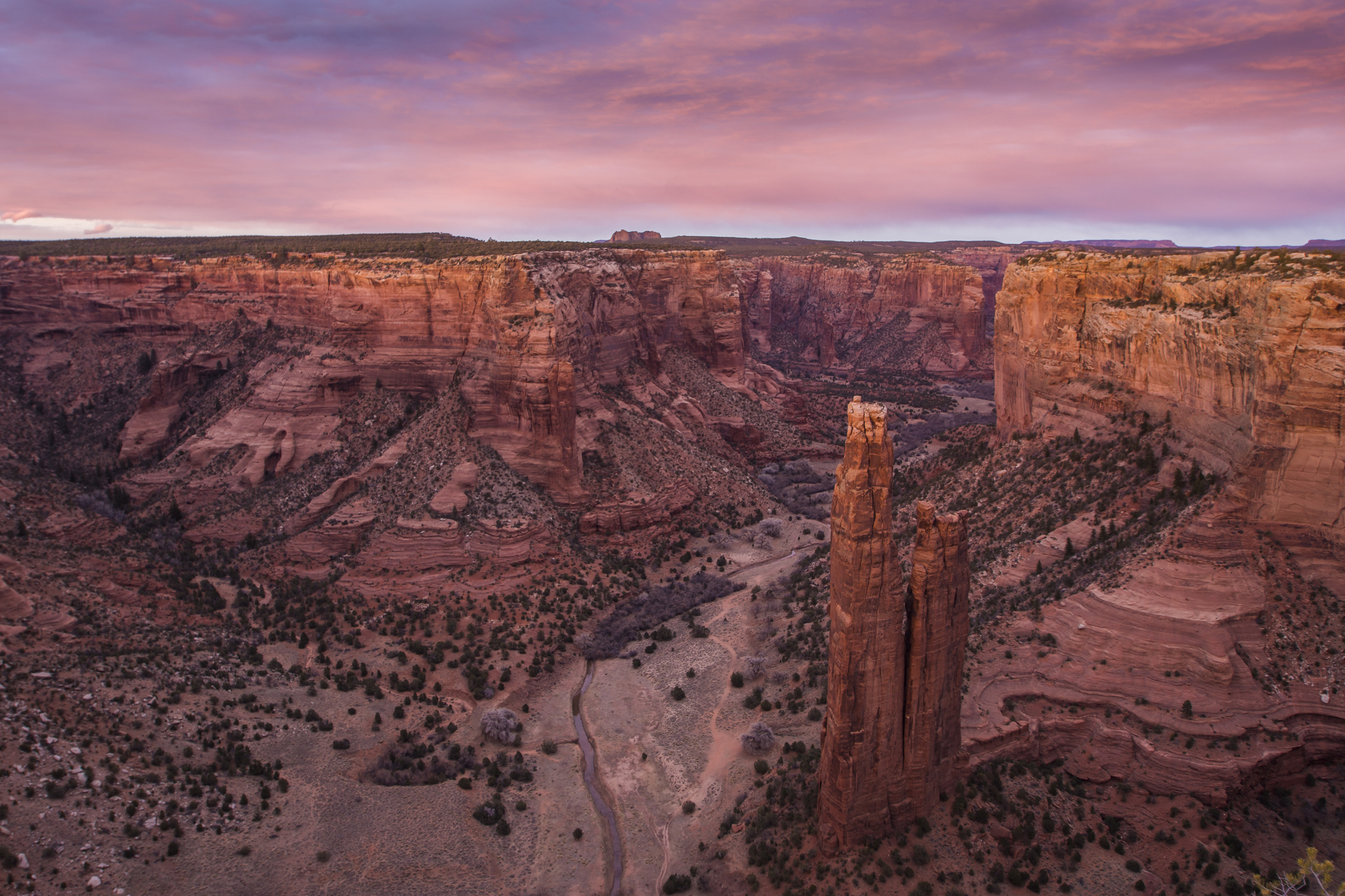
Slot canyons and acoustic echo points in places like Arizona’s Antelope Canyon or Echo Canyon in Utah create environments where sound behaves in unusual ways that interrupt normal thought patterns. These spaces often require physically demanding access that creates natural transitions from everyday thinking.
The unusual light conditions and sound properties stimulate sensory awareness that displaces habitual mental loops. The geological time scale visible in canyon formation provides perspective on human timelines and concerns.
Like Travel Pug’s content? Follow us on MSN.
Traditional Markets

Historic market halls and traditional bazaars like Barcelona’s La Boqueria or Istanbul’s Grand Bazaar, immerse visitors in sensory experiences that demand present-moment awareness. These environments combine visual stimulation, interpersonal engagement, and decision-making opportunities that disrupt routine thinking.
The diversity of people gathered for essential activities connects visitors to fundamental human experiences across cultural differences. The transactional nature of markets creates natural opportunities for small social interactions that build confidence and connection.
Astronomical Observatories

Public access observatories like Mauna Kea Visitor Station in Hawaii or Kitt Peak National Observatory in Arizona provide structured encounters with cosmic scales that immediately reframe personal challenges. These environments combine scientific precision with natural wonder in ways that stimulate both analytical and contemplative thinking.
The technical requirements of astronomical observation—patience, attention to detail, openness to discovery—model useful approaches to personal challenges. The literal expansion of vision to astronomical distances expands psychological perspective correspondingly.
Traditional Fishing Villages
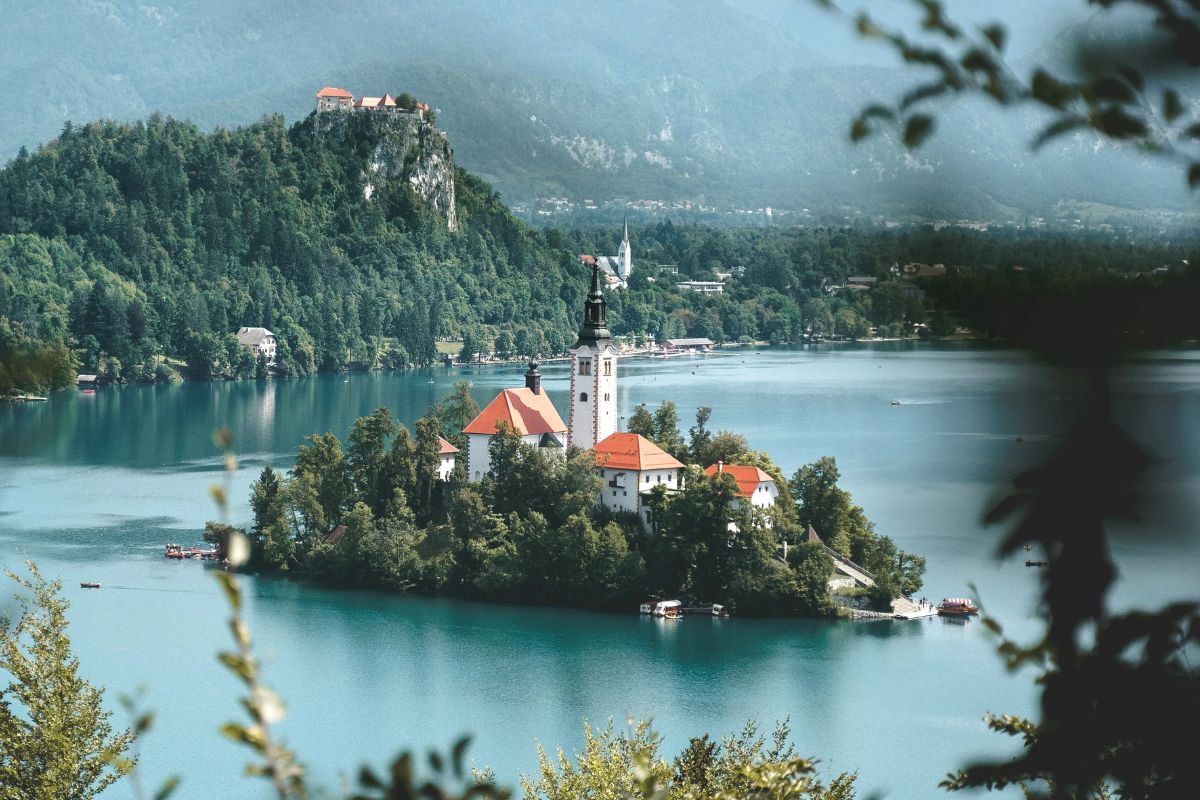
Working coastal communities like Cornwall’s fishing harbors or Maine’s lobstering towns offer environments where daily life remains connected to natural rhythms beyond human control. These settings combine maritime tradition with physical beauty in ways that highlight adaptation rather than control as successful life strategies.
The visible interdependence of community members demonstrates connection and mutual support rather than isolated struggle. The constant presence of the sea provides a metaphorical perspective on the impermanence of difficult situations.
Like Travel Pug’s content? Follow us on MSN.
Community Gardens

Urban agricultural spaces like Seattle’s P-Patch program or New York’s community gardens create environments where diverse people gather around a shared purpose beyond personal concerns. These settings combine physical activity with visible results in ways that build concrete self-efficacy.
The seasonal cycles provide frameworks for understanding personal transitions as natural rather than problematic. The multilingual, intergenerational nature of many community gardens creates opportunities for connection across differences that may not occur in professional or social settings.
Wild Swimming Locations

Traditional swimming holes and natural water features like the cenotes of Mexico’s Yucatan Peninsula or Scotland’s fairy pools create environments combining physical challenges with natural beauty. Cold water immersion produces immediate physiological responses, including endorphin release and nervous system reset.
The traditional use of these sites across generations connects visitors to timeless experiences of renewal and courage. The requirement to assess and manage natural risks builds confidence in decision-making that transfers to other life areas.
The Path Forward

The places that best help us move beyond stuck points connect us simultaneously to something larger than ourselves and our own deeper capacities. The physical journey to these environments often mirrors the internal journey from stagnation to movement.
While digital connectivity enables many aspects of modern life, the tangible experiences of specific physical environments provide kinds of reset unavailable through virtual means. The most effective destinations combine elements of beauty, challenge, and meaning in proportions that match individual needs during particular transitions.
Like Travel Pug’s content? Follow us on MSN.
More from Travel Pug

- Cities Growing so Fast You Won’t Recognize Them in 10 Years
- 13 Destinations Where Tourists Regularly Regret Their Trip
- 20 Obscure WWII Sites Even History Buffs Don’t Know About
- 10 Under-the-Radar Mountain Towns That Are Both Affordable and Beautiful
- Remote Villages in Europe Where You Can Live for Free in Exchange for Work
Like Travel Pug’s content? Follow us on MSN.
